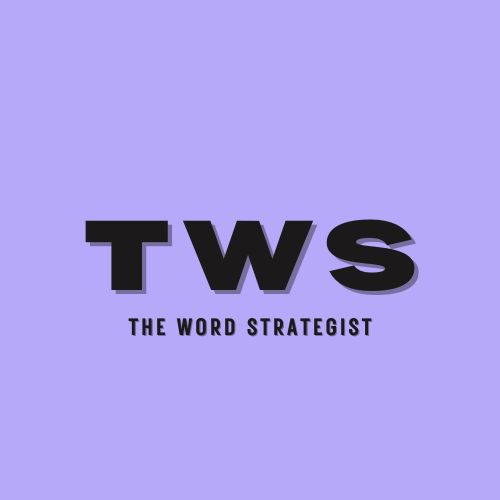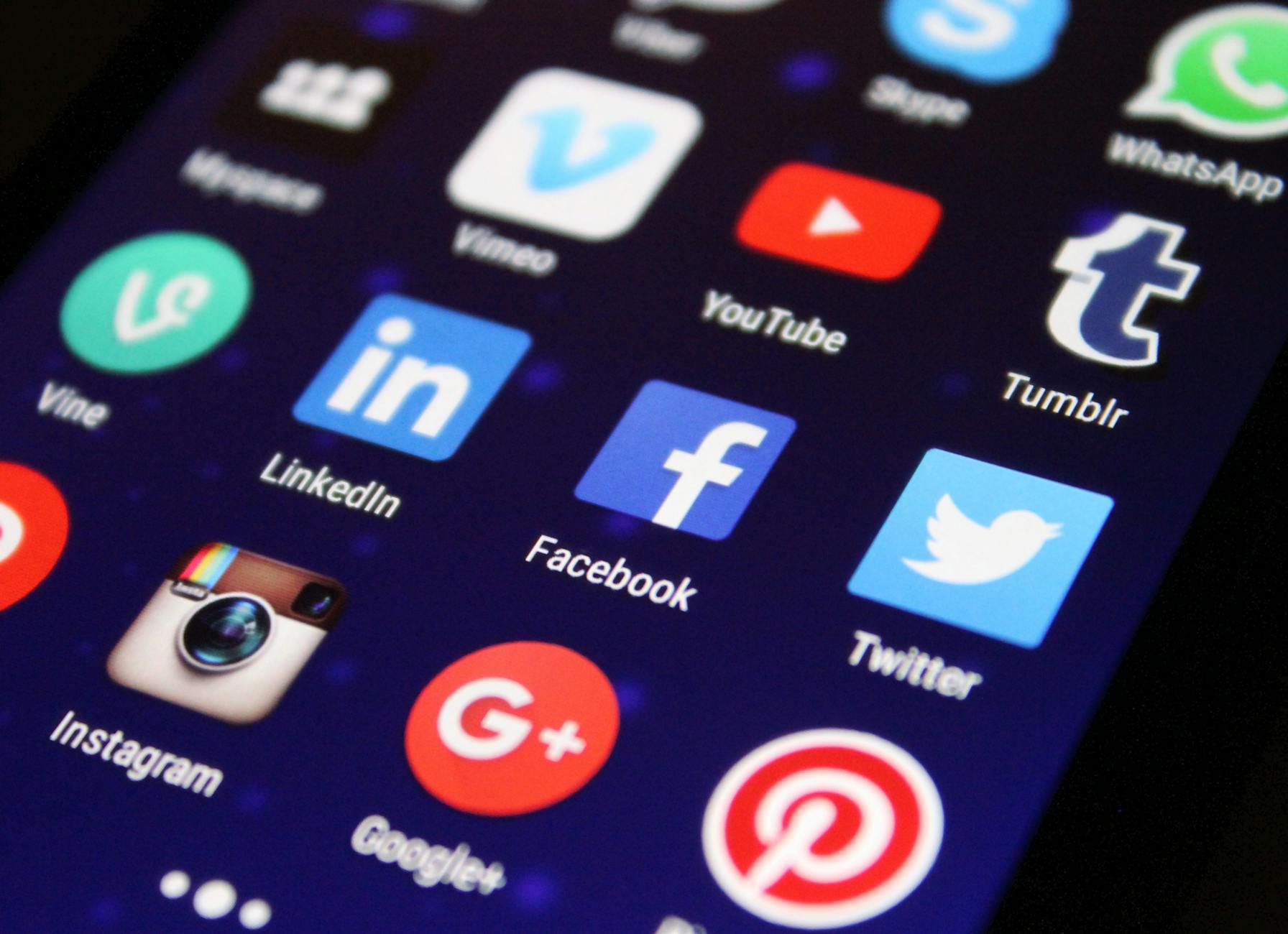If you are over 40, social media might seem like a minefield. With the constant stream of headlines about online missteps and celebrity controversies, it’s understandable if you’re hesitant. But beneath the noise lies an unparalleled opportunity for business growth — one you shouldn’t overlook.
While new social media platforms are popping up every single day, for this article, we’ll talk about the top seven. Each of these seven is distinct and needs a different strategic approach. Not only do the main social media platforms have varying and specific purposes, but they have very different demographics, and to ignore that could mean wasting a lot of time and even money.

Before venturing into social media, determine your goals. Are you looking to grow your business or stay in touch with existing clients? Do you want reviews, or perhaps you just want to show your expertise? Your goals will determine how much you post and what you post to what platforms.
In many ways, Facebook is the Grandparent of all social media platforms. It’s not the oldest, but it’s the most popular. Its users span the generations, although young people have begun an exodus. Still, Facebook’s 3 billion monthly users are spread over a large age range. They do skew female more than male.
Unless you advertise, Facebook is arguably best for maintaining relationships, since your content will target your existing followers.
You should post on your Facebook business page a couple of times a day. Aim for sharable content that might go beyond your followers. While you absolutely want to share things related to your business, like pictures or blog posts, you should also share links that appeal to your customers. For example, if you run a furniture store, post links about design trends. Whatever you share, make sure the headline and featured picture are compelling.
Facebook is growing as a review site. Watch your Facebook page like a hawk and answer any questions or reviews within the same day.
Pro tip: Mix up your content types, such as videos, images, and links.
YouTube
With 2.5 billion monthly users, YouTube is the world’s second most popular social media site. Google owns YouTube, which is why YouTube videos often appear towards or at the top of your searches.
YouTube skews slightly male (about 54%), and the largest user group is 25-34 years old.
YouTube is by far the most time-intensive of all the social media platforms. To build an effective YouTube channel, you want to stick to original videos, ideally less than two minutes long. Look at YouTube videos as a way to share your expertise. It’s also a great way to build content to share on other platforms.
While engagement is critical on social media, YouTube comment sections are notorious troll havens. Opt for turning comments off. You should, however, encourage viewers to subscribe. It’s also a great idea to engage with similar users.
Pro tip: Break a longer video up into several digestible pieces for days of content.
With over 2 billion active users, Instagram is one of the top social media platforms globally. It’s highly visual, making it a prime channel for brands focused on aesthetics like fashion, travel, food, and lifestyle.
Instagram skews younger, with the largest user group being 18-34 years old, and is used by slightly more women (about 52%) than men. To stand out on Instagram, post high-quality images and engaging stories regularly.
Consistency matters, so aim for daily posts and leverage Instagram Stories and Reels to boost visibility. Use hashtags strategically to expand reach beyond your immediate followers.
Pro tip: Collaborate with influencers in your niche to increase brand awareness and reach.
With over 950 million members, LinkedIn is the go-to platform for professionals and B2B marketing. It’s ideal for showcasing expertise, networking, and sharing industry insights.
LinkedIn users tend to be professionals, with a significant portion aged 25-49. It’s also more evenly split between male and female users than other platforms. For success on LinkedIn, publish thoughtful posts or articles about industry trends, career advice, or company achievements.
Posting 1-2 times a week is sufficient. Focus on genuine interactions, like thoughtful comments and responses to others’ content.
Pro tip: Join relevant LinkedIn Groups and engage actively to position yourself as an industry thought leader.
X (formerly Twitter)
With around 450 million monthly active users, X (formerly Twitter) is known for real-time updates and news. It’s fast-paced and ideal for sharing quick thoughts and articles and engaging in trending conversations.
X has lost a lot of its followers in the past few years despite its notoriety. Once #3 behind Facebook and YouTube, X now falls toward the bottom in social media popularity.
X tends to skew slightly male, with the largest user group falling in the 18-34 age range. Thanks to our political climate, X now has the reputation of being the epicenter for political spats, alleged propaganda, and quick one-liners.
Short, snappy content works best, and don’t hesitate to post images, GIFs, or polls to increase engagement.
Pro tip: Use Twitter Lists to organize your feed by interest, making it easier to engage with targeted content.
With over 460 million monthly active users, Pinterest is a highly visual, discovery-driven platform that’s ideal for brands in design, food, fashion, and DIY. Often thought of as a “visual search engine,” Pinterest is used by people planning and seeking inspiration for future projects. The platform is popular among women, with around 60% of users identifying as female, and it attracts a broad age range, with a significant user base between 25-54.
On Pinterest, create high-quality, vertical images that are optimized for mobile and add clear, descriptive text overlays where possible. Regularly pinning original content — ideally once per day — will help grow your presence and drive traffic to your website or online store. Rich Pins, which display extra information like pricing and availability, are an excellent way to boost engagement and conversions on product pins.
Pro Tip: Organize your pins into thematic boards to keep your profile cohesive and to help your followers find what they’re interested in. Also, remember that Pinterest images are highly searchable, so use detailed descriptions and keywords to maximize your reach.
Yelp
Yelp may not fit some people’s definitions of social media, but if you are in a B2C business, you will have a Yelp account whether you want one or not. With over 200 million reviews worldwide, Yelp is an essential platform for B2C brick-and-mortar businesses, particularly restaurants, retail, and service providers.
Yelp users are varied, with many being decision-makers searching for local services and reviews before making purchases. It’s used by both men and women across different age groups.
Ensure your Yelp profile is fully completed with accurate information, appealing photos, and engaging business descriptions. Monitor and respond to reviews — both positive and negative — to show customers that their feedback is valued. Regular updates can help maintain visibility.
Pro tip: Encourage satisfied customers to leave reviews (without violating Yelp’s guidelines) and feature positive feedback on your website or other social media platforms.
Some thoughts on #hashtags
Hashtags are words or phrases preceded by the # symbol (e.g., #MarketingTips). They are used primarily on social media platforms to categorize content, making it easier for users to find posts related to specific topics or interests.
Hashtag functions
- Categorization — Hashtags group similar content together. By clicking or searching for a hashtag, users can view all posts that include that specific tag
- Discoverability — They increase the visibility of posts by extending their reach to users who search for or follow that hashtag, beyond just direct followers
- Engagement — Posts with hashtags tend to receive higher engagement (likes, comments, and shares) because they are easier to find by a broader audience
Using hashtags
- Be relevant — Always use hashtags relevant to your content. For example, a fitness post might use hashtags like #WorkoutMotivation or #HealthyLiving
- Be specific — Use specific hashtags to target niche audiences. A targeted hashtag like #VeganRecipes can reach users specifically interested in vegan food, rather than a broader tag like #Food
- Combine popular and niche hashtags: Use a mix of high-traffic and more niche hashtags to increase visibility while reaching the right audience
- Limit hashtag usage — On platforms like Instagram, using between 5-15 hashtags can be effective, while on Twitter or LinkedIn, using 1-3 well-chosen hashtags is recommended for clarity and engagement
Platform hashtag differences
- Instagram — Allows up to 30 hashtags per post. It’s common for users to add hashtags in the caption or as a comment
- Twitter (now X) — Integrate hashtags seamlessly into short posts to join conversations or make posts more searchable
- LinkedIn — Hashtags should be used sparingly to maintain a clean, professional appearance
- Pinterest — Hashtags help categorize pins, although they are less commonly used compared to platforms like Instagram
- Facebook — Hashtags can be used but are generally less effective, as Facebook’s search function isn’t as hashtag-centric
Hashtag tips
- Do your research — Check trending hashtags in your industry or those used by similar accounts
- Create branded hashtags — Unique hashtags that relate specifically to your business or campaign can help foster community and user-generated content (e.g., #NikeRunClub)
- Avoid overuse — Too many hashtags can make posts look cluttered or spammy

I have more than 15 years of experience elevating products and brands through world-class copy and SEO content



Leave a Reply
You must be logged in to post a comment.